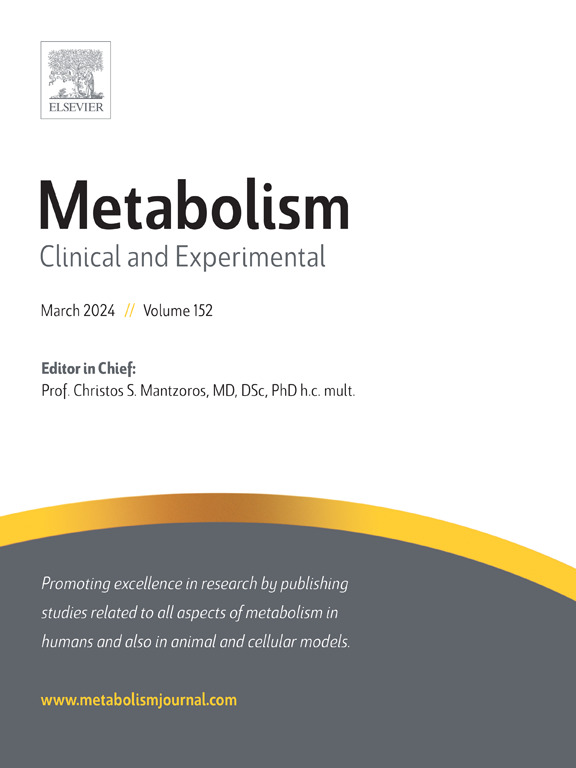FSH exacerbates bone loss by promoting osteoclast energy metabolism through the CREB-MDH2-NAD+ axis
IF 10.8
1区 医学
Q1 ENDOCRINOLOGY & METABOLISM
引用次数: 0
Abstract
Aims
Osteoclast energy metabolism is a promising target for treating diseases characterized by high osteoclast activity, such as osteoporosis. However, the regulatory factors involved in osteoclast bioenergetic processes are still in the early stages of being fully understood. This study reveals the effects of follicle-stimulating hormone (FSH) on osteoclast energy metabolism.
Methods
The Lyz2-Cre-Flox model selectively deletes FSH receptor (FSHR) from osteoclast precursor cells to generate Fshrf/f; Lyz2-Cre (Fshrf/f; Cre) mice. Bone quality was assessed using micro-computed tomography, histomorphometric analysis, and dual-fluorescence labeling. The in vitro assays measured oxygen consumption rate, extracellular acidification rate, pyruvate content, and mitochondrial membrane potential to determine metabolic flux. RNA-seq, LC-MS, dual-luciferase reporter assays, and chromatin immunoprecipitation (ChIP) assays were used to elucidate the underlying mechanisms.
Results
FSHR deficiency in osteoclasts protected bone from resorption under normal and ovariectomized conditions. FSHR-deficient osteoclasts have reduced nicotinamide adenine dinucleotide (NAD+) levels, impairing osteoclast activity and energy metabolism. Mechanistically, FSH influenced NAD+ levels via the CREB/MDH2 axis. Treatment with FSH monoclonal antibodies rescued bone loss in OVX mice and reduced bone marrow NAD+ levels.
Conclusions
Targeting FSH may be a promising metabolic modulation strategy for treating osteoporosis and other diseases associated with high osteoclast activity.

求助全文
约1分钟内获得全文
求助全文
来源期刊

Metabolism: clinical and experimental
医学-内分泌学与代谢
CiteScore
18.90
自引率
3.10%
发文量
310
审稿时长
16 days
期刊介绍:
Metabolism upholds research excellence by disseminating high-quality original research, reviews, editorials, and commentaries covering all facets of human metabolism.
Consideration for publication in Metabolism extends to studies in humans, animal, and cellular models, with a particular emphasis on work demonstrating strong translational potential.
The journal addresses a range of topics, including:
- Energy Expenditure and Obesity
- Metabolic Syndrome, Prediabetes, and Diabetes
- Nutrition, Exercise, and the Environment
- Genetics and Genomics, Proteomics, and Metabolomics
- Carbohydrate, Lipid, and Protein Metabolism
- Endocrinology and Hypertension
- Mineral and Bone Metabolism
- Cardiovascular Diseases and Malignancies
- Inflammation in metabolism and immunometabolism
 求助内容:
求助内容: 应助结果提醒方式:
应助结果提醒方式:


